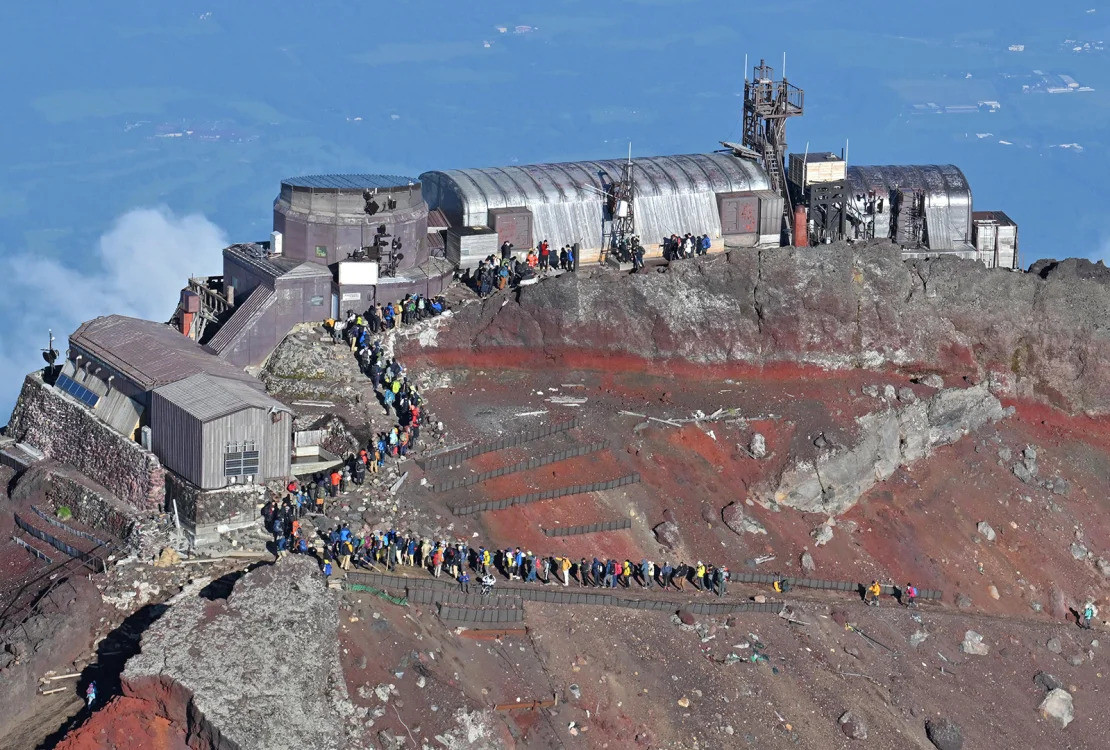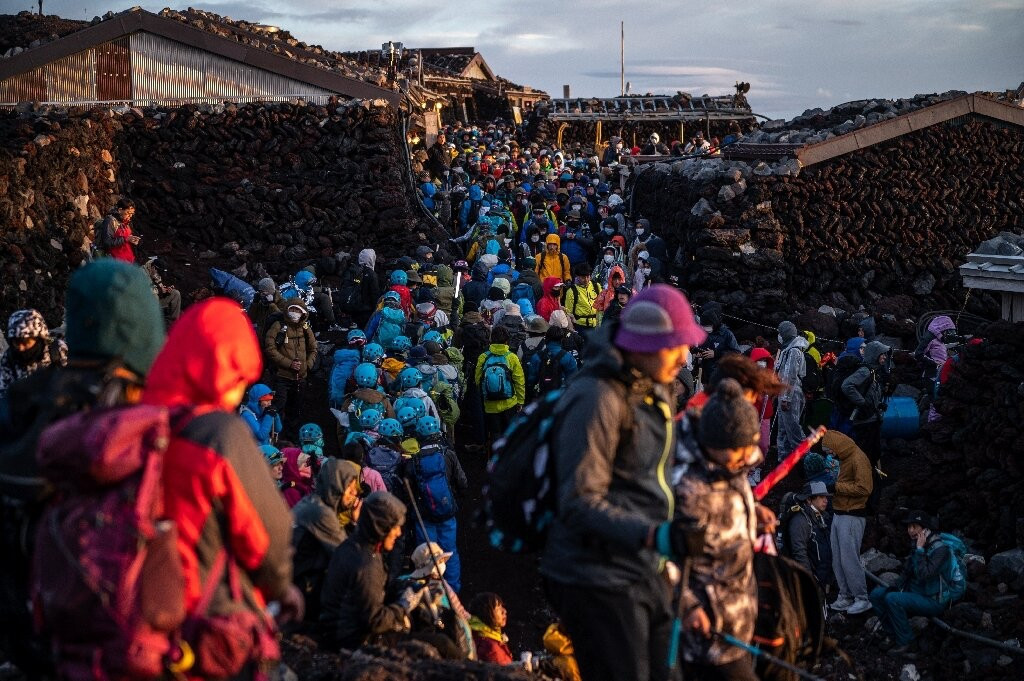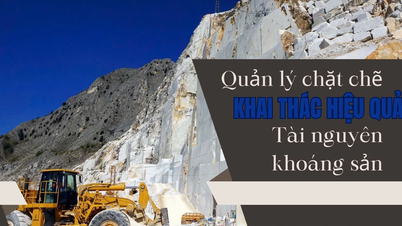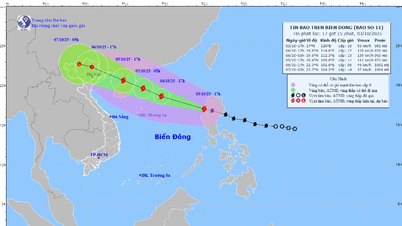JAPAN - Although November is approaching, the first snow of the season is still absent on Mount Fuji, making many tourists anxiously waiting.
Fuji’s first snowfalls usually come shortly after the summer climbing season. Last year, the Japan Meteorological Agency reported that snow began to be recorded on October 2, with the first snowfall occurring on October 5.
However, recently, Japan's Kofu Local Meteorological Office, which has been monitoring the weather on Mount Fuji since 1894, said that there has been no snow on the mountain due to unseasonably warm weather.

"The fact is that high temperatures in Japan have continued since this summer and because it has been raining, there has been no snow," said Shinichi Yanagi, a meteorologist at the Kofu office.
This year, Japan recorded its hottest summer since 1898. The average temperature from June to August was 1.76 degrees Celsius higher than normal, the agency added.
The climate crisis has reduced snowfall in most parts of the Northern Hemisphere over the past 40 years, a study in January said.
Late snowfall on Mount Fuji could be a worrying sign for the world's climate, with warmer winters affecting snow, tourism, local economies , food and water supplies, and more.

Located between Yamanashi and Shizuoka prefectures of Japan, 3,776m high Mount Fuji is a world heritage site and a symbol of Japan.
Mount Fuji is usually covered in snow for most of the year until the climbing season begins in July. In recent years, the mountain has often faced overcrowding .

Source: https://vietnamnet.vn/du-khach-mon-moi-doi-tuyet-dau-mua-tren-dinh-nui-phu-si-2337294.html



![[Photo] Students of Binh Minh Primary School enjoy the full moon festival, receiving the joys of childhood](https://vphoto.vietnam.vn/thumb/1200x675/vietnam/resource/IMAGE/2025/10/3/8cf8abef22fe4471be400a818912cb85)
![[Photo] Prime Minister Pham Minh Chinh chairs meeting to deploy overcoming consequences of storm No. 10](https://vphoto.vietnam.vn/thumb/1200x675/vietnam/resource/IMAGE/2025/10/3/544f420dcc844463898fcbef46247d16)



































































































Comment (0)